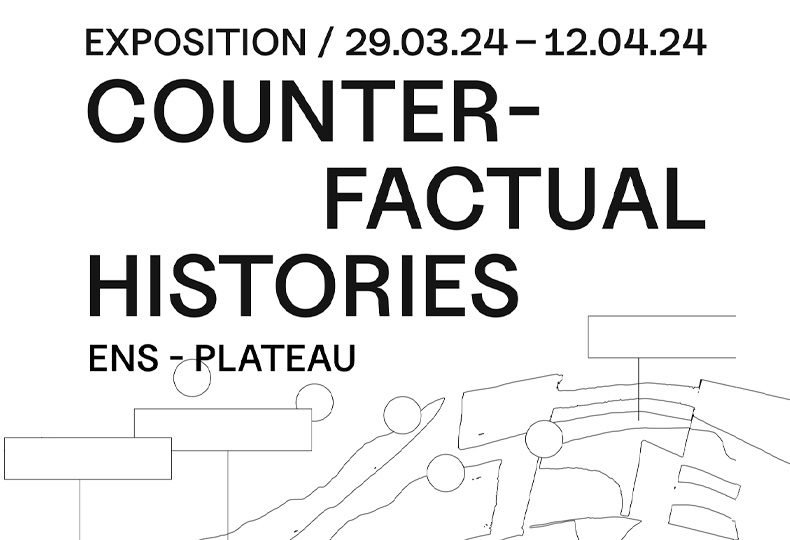Design exhibition: Counterfactual Histories

From 29/03/2024 to 12/04/2024
Venue: atrium of ENS Paris-Saclay
Open to all, no registration required
Combining design theory and practice
Counterfactual stories are used to construct alternative presents based on past historical events. The idea is to imagine events and outcomes that could have happened, based on a fact.
In literature, uchrony is a critical tool, opening up imaginary worlds that allow us to reflect on our contemporary lifestyles.
This method promises to divert existing material and psychological constraints, to broaden our beliefs by working with other narratives and other values. In design education, speculation is used to question the dominant paradigms of product development by invoking different imaginations. It involves projecting what might happen to the design if we make other choices.
Uchrony is a subtle way of combining the theory and practice of design. The rigorous historical analysis of a theme, viewed through the prism of current design practice, enables us to identify the problematic elements running through history.
This approach makes it possible to expose power structures and their influence on design culture and design, such as the omnipresence of legacy systems or the attention economy, which limit the imagination and restrict the possibilities of production.
- Enseignement : James Auger, Armand Behar, Céline Chip, Goliath Dyèvre, Lorène Picard, Émile de Visscher
- Etudiant·es exposant·es : Elena Ahlgrim, Carla Barreto, Maë Bernard, Zoé Buranello, Marie Butard, Nina Drouillot, Selma Ferrier, Charlotte Follea, Hanna Landström, Inès Minfray, Juliette Oulié, Wonjin Park, Lucie Urgel, Dziyana Tarasenka, Marine Veillon
- Scénographie : Céline Chip
- Design graphique : Morgane Aubert
